Having opened its Australian manufacturing operations in 1925 with the Model T, Ford’s recent announcement to stop producing cars in the country by 2016 came 9 years short of a centenary celebration. Indeed, the Blue Oval confirmed in May plans to terminate manufacturing operations in the country and to close its Broadmeadows assembly plant and the Geelong engine plant, both of which are located in the state of Victoria. The move will bring about the demise of the Falcon RWD sedan and ute and its crossover derivative, known as the Territory. Read on to learn what’s really behind The Blue Ovals’ decision.
Back in January of 2012, Ford committed to keeping its Australian manufacturing operations running until at least 2016. By July of the same year, spectators were widely forecasting 2016 as the year that Ford would cease production. Such prognoses, along with steadily-declining sales of Ford’s locally-built vehicles, were making observers, analysts, stakeholders, and Ford Australia employees nervous. And rightly so: as recently as 2003, Ford was selling roughly 75,000 Falcons a year. Over the next four years, annual sales dropped by about 10,000 units, and over the last two years, less than 20,000 Falcons were each year. In 2012, Ford received an infusion of capital from the Victorian government to help it refresh the Falcon and Territory, which are set to continue on schedule for the 2014 model year. But as it turns out, the refresh is too little, too late.
Ford is hardly alone in its Australian troubles. Sales of other large and locally-produced vehicles, including GM’s Holden Commodore, have also dipped — resulting in similar speculation about the future of General Motors manufacturing in Australia. To that end, GM has more differentiation in its Australian manufacturing than Ford does, as The General makes the Holden Commodore and its various derivatives — which were all refreshed this year — along with the popular Cruze compact car in Australia.
Ford’s size and sales volume didn’t do it any favors, as the firm is the smallest auto manufacturer in Australia. Ultimately, the automaker incurred losses amounting to A$141 million in 2012 ($136M USD) and A$600 million ($580M USD) in the past five years.
But the crux of the problem with Australia’s automotive industry lies in what most are scared to admit: local Australian automotive manufacturing is simply too expensive. That much was echoed by Ford Australia CEO Bob Graziano, who stated that the cost of making a car in Australia is twice as high as it is in Europe and three times as high as in Asia — making it impossible to make a business case for Ford to continue production in the country.
One piece of the overall puzzle that could (but is unlike to) change Ford’s decision is the federal election that took place on September 7th. Tony Abbott, Australia’s Prime Minister-elect, confirmed his party’s commitment to the automotive sector. But his plan doesn’t involve direct funding of the industry. Rather, the plan is to eliminate the carbon tax, which is said to have significantly raised the prices of Australian vehicles.
As it stands, Ford will entirely cease Australian production by 2016 with the One Ford global vehicle strategy taking over. As a result, the Falcon is expected to be replaced by a front- and all-wheel-drive sedan utilizing a global platform, which will likely come in the form of the next-generation Taurus that will ride on an extended CD4 platform currently utilized by the Ford Fusion/Mondeo and Lincoln MKZ. It’s questionable, however, whether the vehicle will carry the Taurus name. In addition, another global CUV is expected to replace the Territory. Our money is on the next-generation Explorer, which itself will be mechanically related to the next-gen Taurus. We should note that as of this writing, neither the Taurus nor the Explorer are available in Australia and that, even the face of stopping local manufacturing, Ford still plans to expand its product portfolio in the country.
On a more “human level”, Ford employees who will no longer have jobs due to the decision to discontinue local production will receive their entitlements. The single positive aspect that we can deduce from this situation is that they have three years to prepare for the future. What’s more, state and national governments have already committed tens of millions to a fund to assist the affected employees — those who work for Ford directly as well as those who will be affected indirectly via a supplier or another firm providing support functions. Either way, losing a job isn’t something that one usually looks forward to, and that could mean that Ford has a morale and quality problem on its hands, as current production employees who realize the end of their jobs is nigh might not do what’s in the best interest of Ford as a company. This could, for instance, negatively impact quality or attention to detail on the production line, thereby negatively impacting the Ford brand and its reputation in the Australian market.
But only time will tell whether that’s a valid concern, and what kind of effect Ford’s decision to pull Australian production will have on it in the long term. For now, another beloved rear-wheel-drive sedan will be sent to the automotive graveyard.

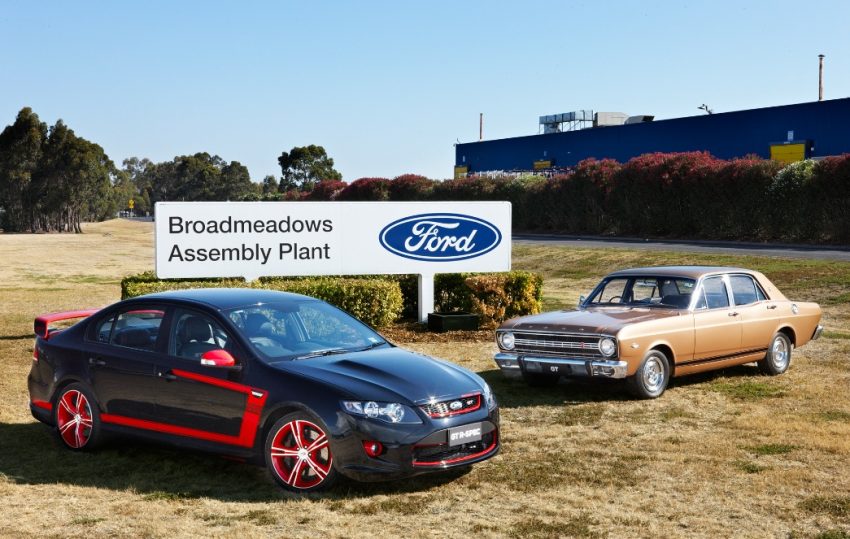


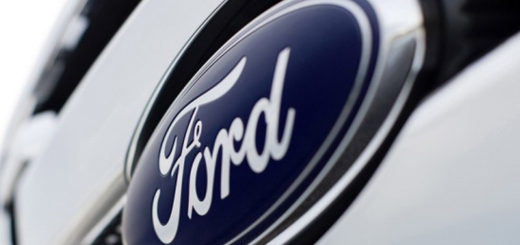
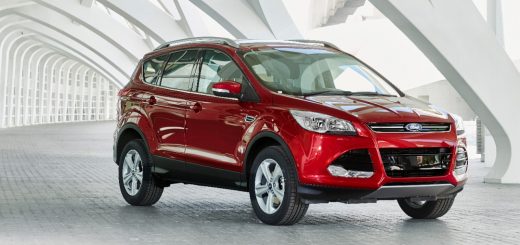
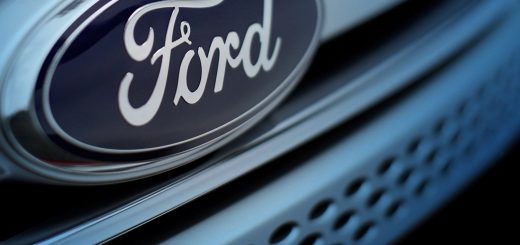
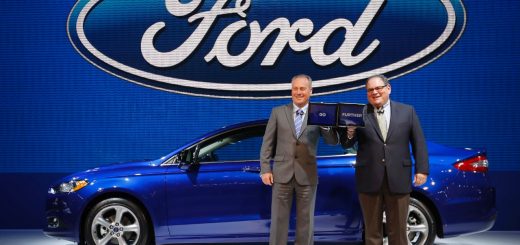






Comments